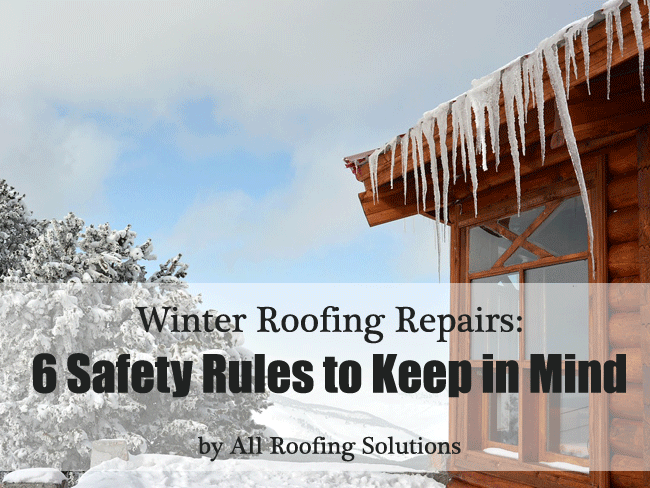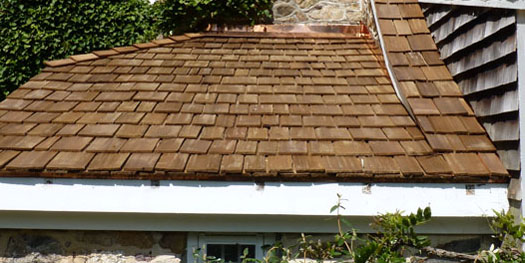
Hail is one of Mother Nature’s curiosities: small balls of ice descending from the sky in moderately warm temperatures. A hailstorm may be fascinating to watch, but can do real harm to your home’s roof shingles.
If your area experienced a significant hail storm, you should schedule an inspection with both a qualified roofing contractor and your insurance company to determine if your roof sustained any damage.
Hail Damage – Blistering and Bruising of Shingle Roofing
Hail ranges in size from a half-inch in diameter to the general size of a golf ball. The combination of the weight of the hail and the direction and power of the wind is what creates problems for a shingle roof.
Shingles are made from layers of material, usually asphalt. The striking of the hail on the surface of the shingle can remove some of the asphalt granules. This is called bruising or “blistering.” Hail can also cause shingle roofing to crack, split or become loose.
Blistering and bruising of your shingle roof opens up the underlayment to the elements. Where previously there was a layer of protection, your roof is now exposed to UV rays from the sun and moisture. Light and moisture both play a role in the premature breakdown of your shingle roofing.
Asphalt shingles generally last about 30 years; hail damage may lead to your needing a roof replacement well beforehand.
Importance of Roofing Inspection
Hail damage is not always apparent to the untrained eye of a homeowner. Call on your local roof inspection contractor to assess your roof and make the required repairs as soon as possible. Leaving your shingle roof exposed to the inevitable East Coast wet weather can contribute to leaks that damage not only your roof, but also the interior of your home.
If you’d like to schedule an inspection to diagnose specific problems or evaluate the post-hail condition of your roof, contact All Roofing Solutions. We offer affordable, expert roof repair, replacement and installation services to customers throughout Delaware and southeastern Pennsylvania.
We’re a family-owned business with 15 years of experience in residential and commercial roofing and are passionate about providing great service and excellent workmanship!
For your FREE estimate, call 302-725-ROOF (7663) in Delaware or 610-551-ROOF (7663) in Pennsylvania. Don’t forget to ask about our discount of 15% off any roofing repair job!








